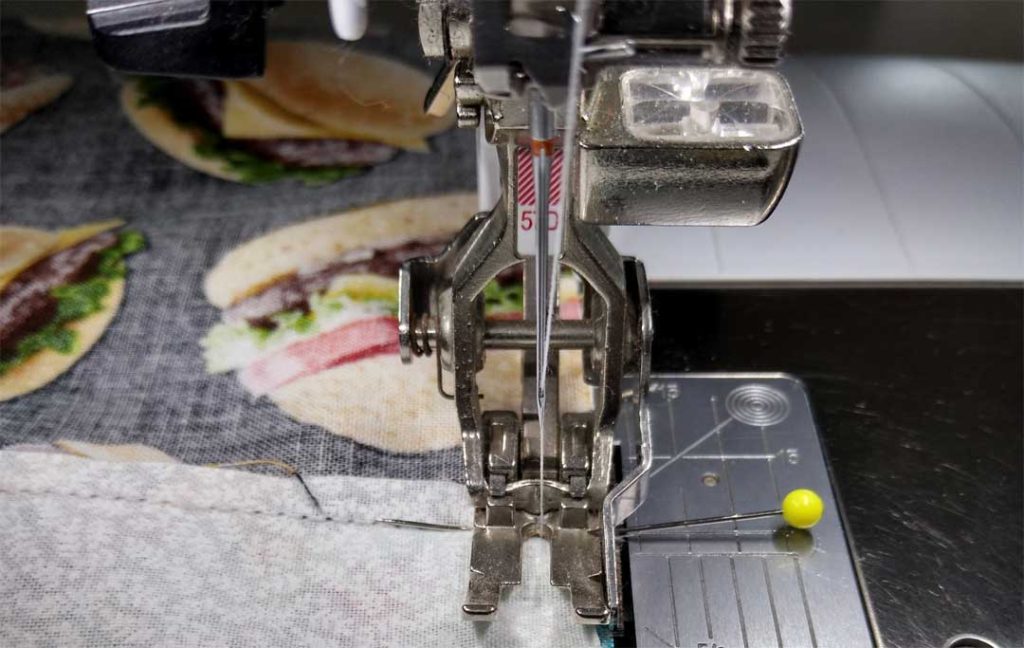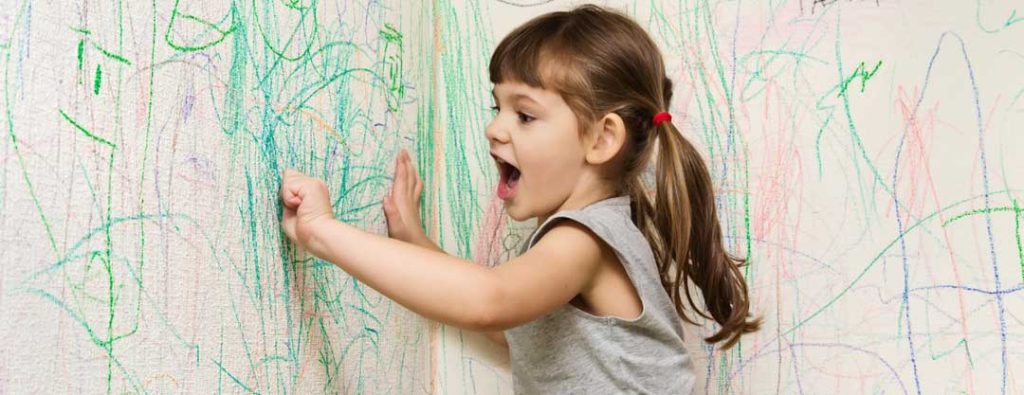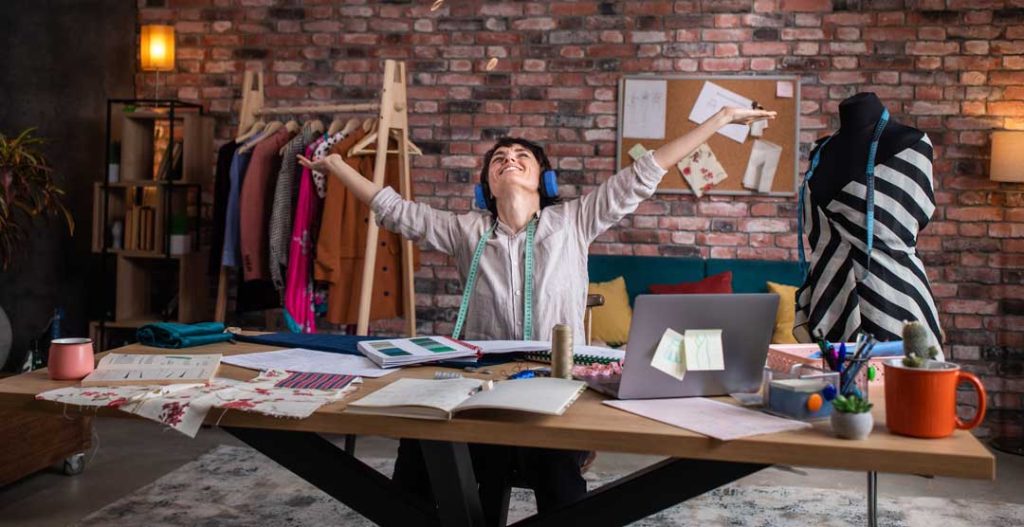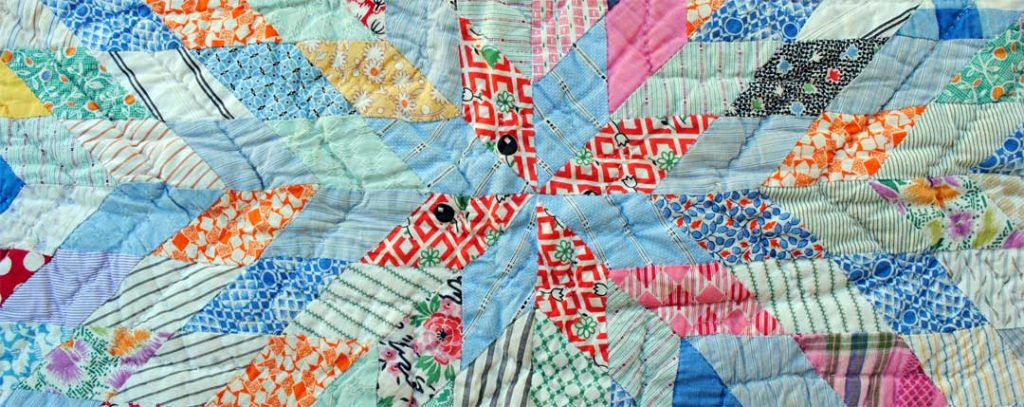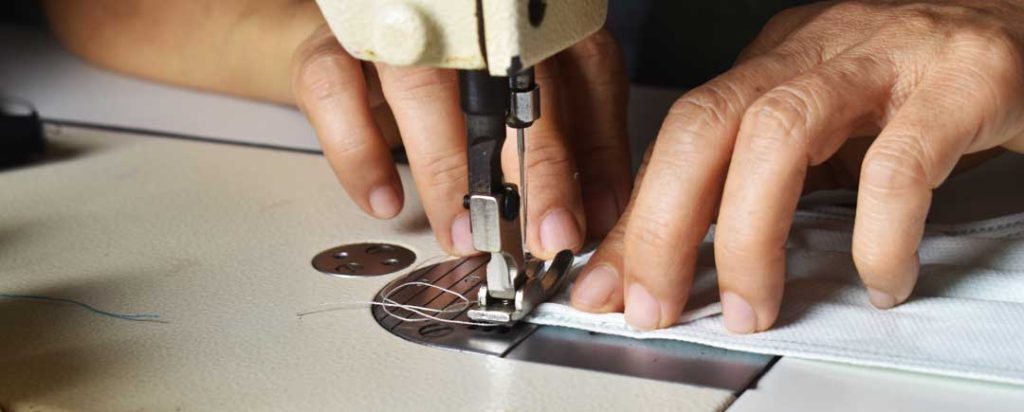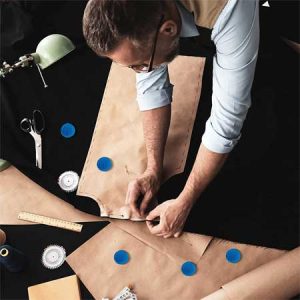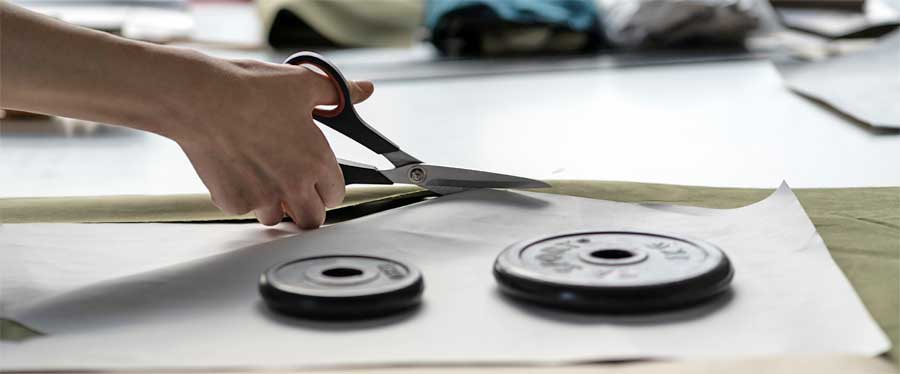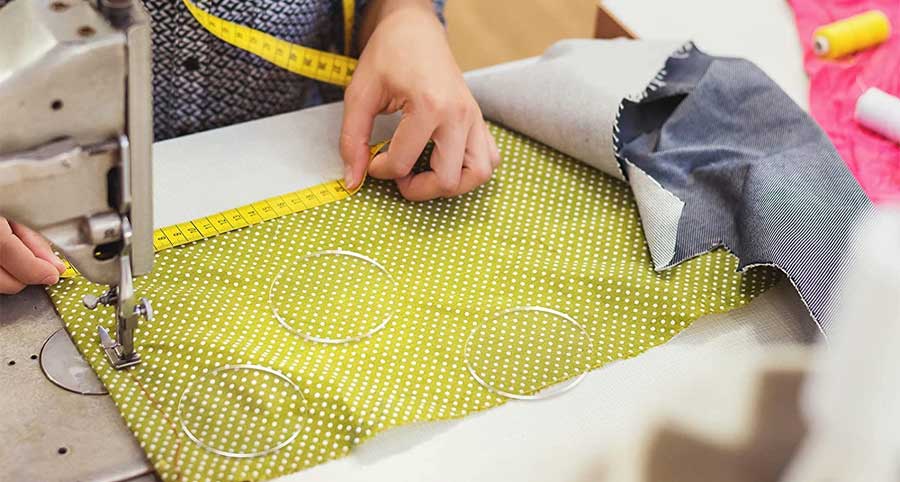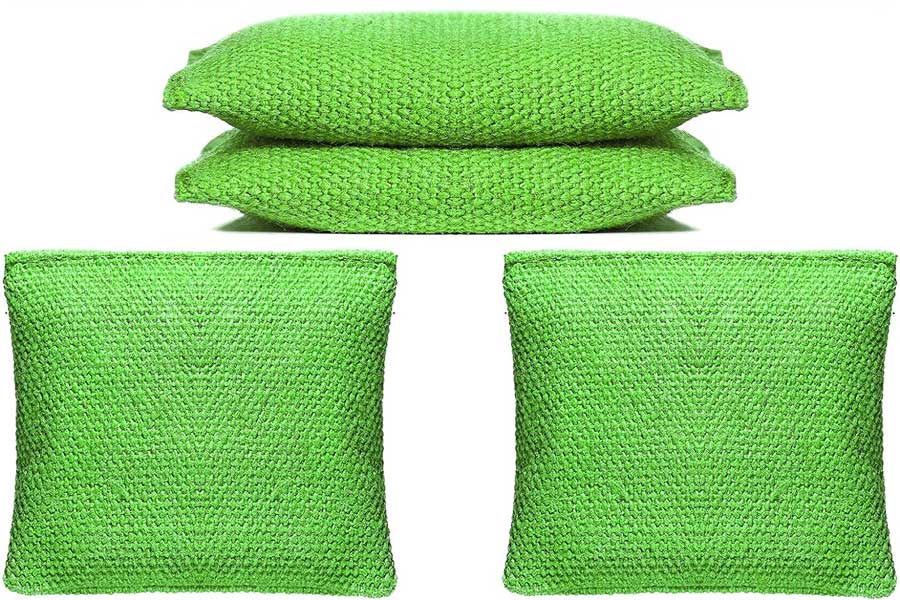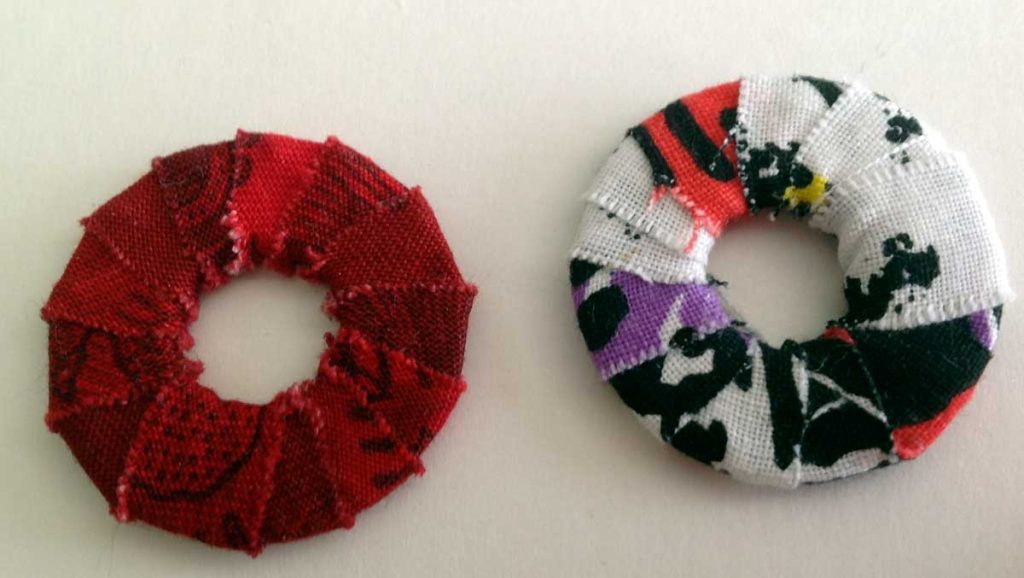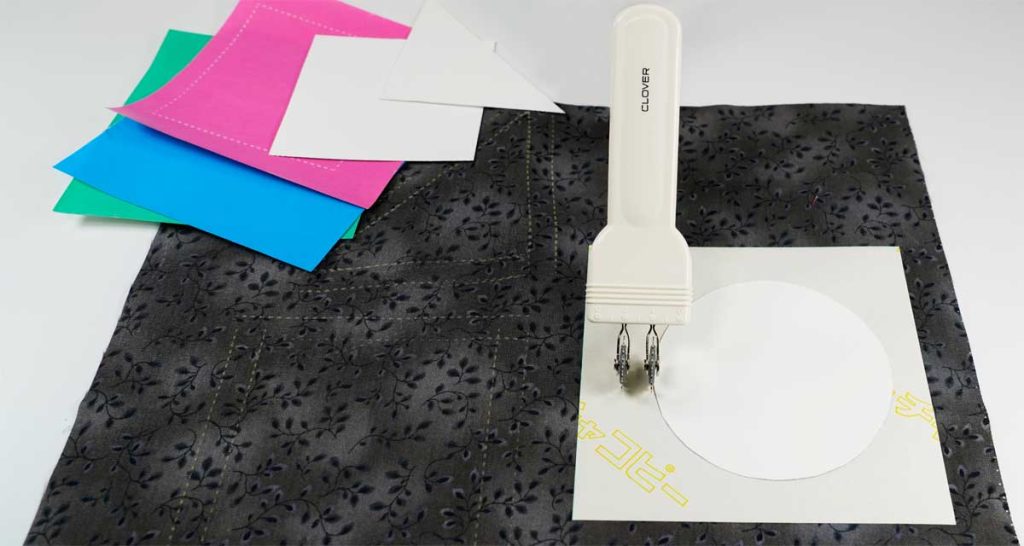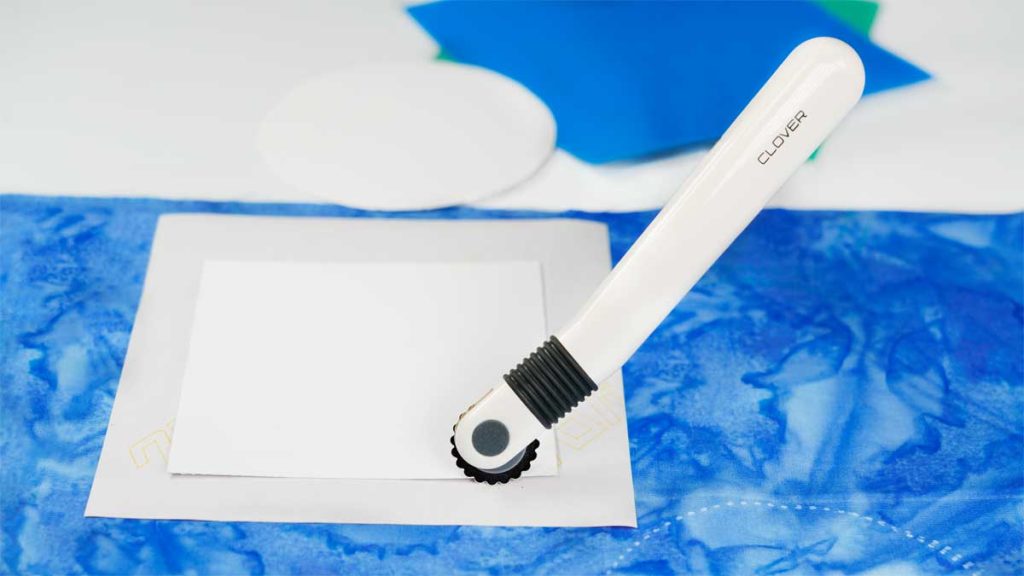I occasionally head out to shop on what I call “snoop day.” Armed with a small tablet and pencil to be able to copy down ideas. I shop in the better departments of boutique and major stores (i.e. Ellen Tracy, Escada, Dana Buchman, Chanel, and Armani) and I’m usually looking for pocket, collar, trim and seaming details. I might be seeking out an entire outfit, or just details like embroidery and trims.
Editor’s Note: Planning your own snoop days? While a pencil and tablet will be helpful, plan to snap pictures on your phone. You can also download tape measure apps on your phone if you need to take any measurements.
CLICK HERE to read the full article. Not a member? Join online!





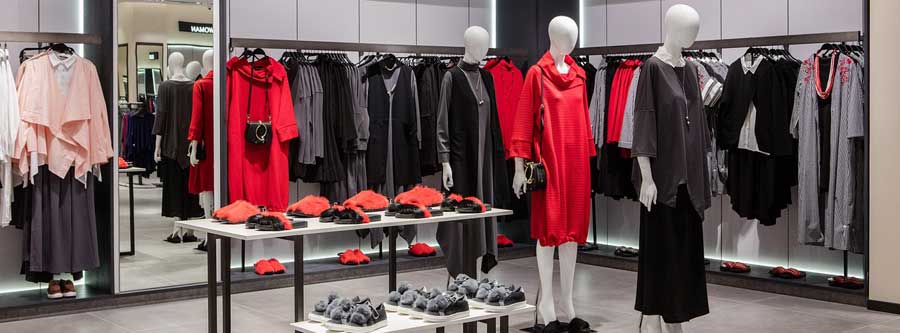
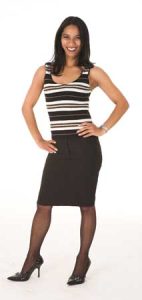 Everyone knows that a lined skirt will look new longer, wrinkle less, hold its shape better, and be more comfortable to wear. But since it takes quite a bit longer to sew a lined skirt, it’s easy to succumb to temptation and simply make one sans the lining.
Everyone knows that a lined skirt will look new longer, wrinkle less, hold its shape better, and be more comfortable to wear. But since it takes quite a bit longer to sew a lined skirt, it’s easy to succumb to temptation and simply make one sans the lining.